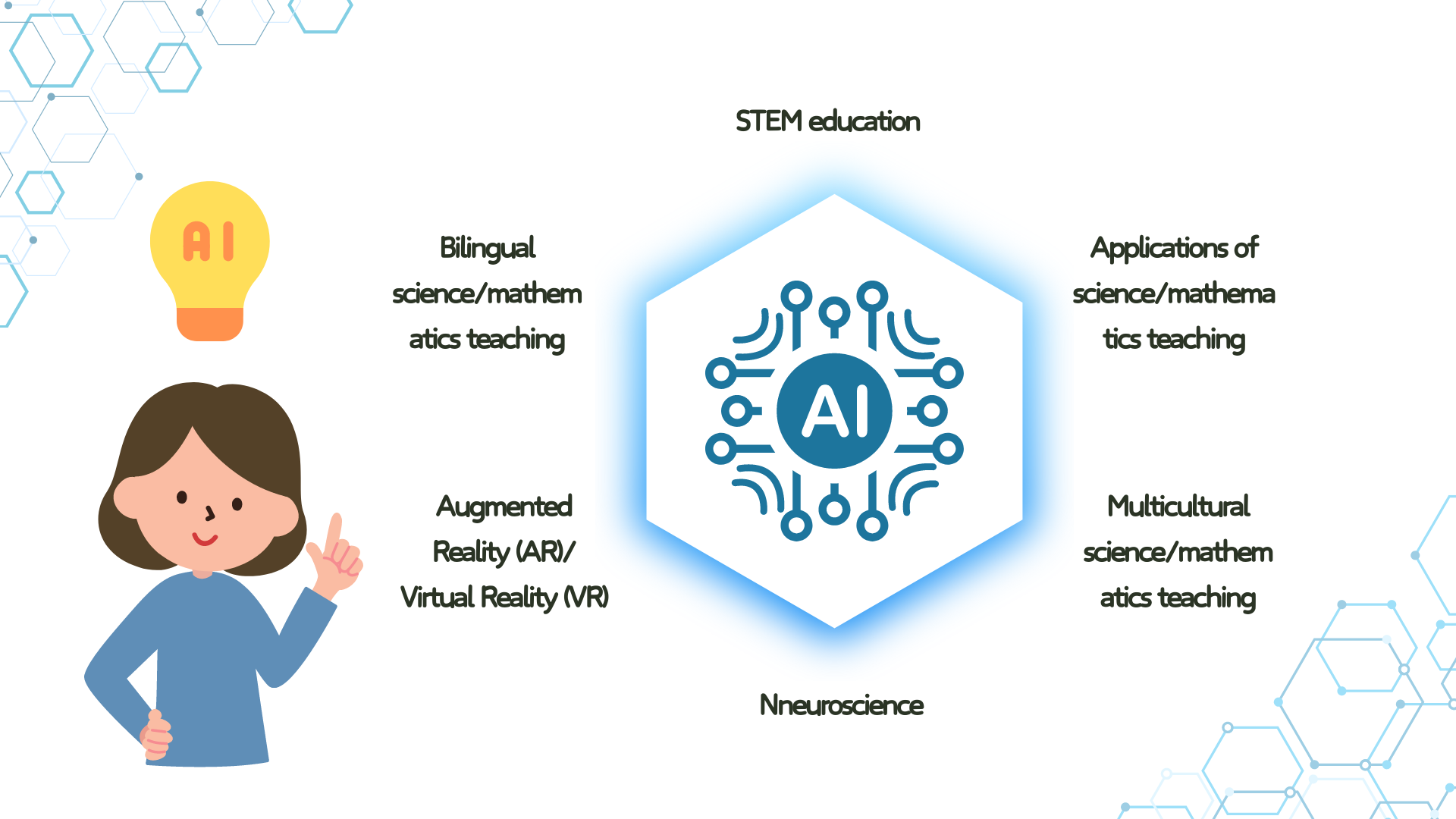Introduction
🔍【History】
In 1987, our school was transformed from a normal school to National Hsinchu Teachers College and established the Department of Mathematics and Science Education. In October 1998, the Master’s program in Mathematics and Science Education was founded, and in May 1999, it enrolled its first batch of students, consisting of 15 students: 8 in the science group and 7 in the mathematics group. Subsequently, to meet the needs of development, in January 2000, the Department of Mathematics and Science Education was officially divided into two departments: the Department of Natural Science Education and the Department of Mathematics Education. In April 2000, the Master’s program in Mathematics and Science Education was renamed the Institute of Mathematics and Science Education, and became an independent research institute, encompassing both the science group and the mathematics group. Starting from the academic year of 2000, in line with the school’s development plan, the mathematics group of Department of Mathematics Education and the science group of Department of Natural Science Education were respectively adjusted to become the Department of Mathematics Education and the Department of Natural Science Education, as approved by the Ministry of Education. On August 1, 2004, the science group of the Institute of Mathematics and Science Education was transformed into the Master’s program in Science Education, while the mathematics group became the Master’s program in Mathematics Education, to integrate the department and institute into one. On August 1, 2005, our school was officially restructured as National Hsinchu University of Education. In response to this transformation plan, the Department of Mathematics Education was renamed the Department of Applied Mathematics, and the Department of Natural Science Education was renamed the Department of Applied Science. The Master’s program in Applied Mathematics was divided into the Applied Mathematics group and the Mathematics Education group, while the Master’s program in Applied Science was divided into the Life Science group, the Nanoscience group, and the Science Education group, respectively. As both departments gradually focused more on applied mathematics and applied science, the cultivation of mathematics and science teachers and research talents became the focus of National Hsinchu University of Education’s development. Therefore, the mathematics education group of the Department of Applied Mathematics and the science education group of the Department of Applied Science were recombined. The Institute of Mathematics and Science Education was officially established on August 1, 2009, to adapt to the evolving needs of the times and pursue more diverse goals. Following the merger of National Hsinchu University of Education and National Tsing Hua University on November 1, 2016, the Institute of Mathematics and Science Education remained an independent research institute, comprising both the Mathematics Education group and the Science Education group.
🔍【Educational objectives】
Our institute offers both master’s program and master’s in-service program. The master’s program and master’s in-service program include separate tracks in mathematics education and science education, primarily focusing on cultivating professional mathematics and science teachers and academic researchers from elementary to high school levels. The development goals of our institute are oriented towards leadership, excellence, elitism, and internationalization. To achieve the goals of our institute, the curriculum structure includes research methodology in mathematics and science education, as well as general courses in mathematics and science education. These courses cover theory, teaching and research practices, educational products, and teacher professional development. The institute’s short-term, medium-term, and long-term goals for the cultivation of professional mathematics and science teachers are as follows: In the short term, the goal is to enable institute students to successfully pass teacher qualification exams. In the medium term, the goal is to train institute students to become mathematics and science counselors in various counties and cities. In the long term, the goal is to cultivate institute students to become conveners or leaders in the fields of mathematics and science in various counties and cities. The institute’s short-term, medium-term, and long-term goals for cultivating talents in mathematics and science education research all focus on enhancing students’ research capabilities. In the short term, the goal is to establish and implement subsidy measures for students to participate in international conferences and submit papers to journals, encouraging students to go abroad to participate in and present papers at international conferences or publish papers in journals. In the medium term, the goal is to increase the quantity and quality of students' publication of excellent journal papers, and to encourage students to engage in short-term academic exchanges abroad to broaden their international perspectives. In the long term, the goal is to nurture our institute's teachers to become leaders in Taiwan's mathematics and science education research, with the goal of establishing a doctoral program.
🔍【Future direction】
In response to the advent of the AI era and to seize the opportunities presented by AI development, our institute will focus on integrating AI into the development of STEM education, bilingual science/mathematics teaching, augmented reality (AR)/virtual reality (VR), neuroscience, applications of science/mathematics teaching, and multicultural science/mathematics teaching. We hope to enable students to understand and utilize AI effectively, becoming the talent needed in the AI era and enhancing their competitiveness in this AI generation.

